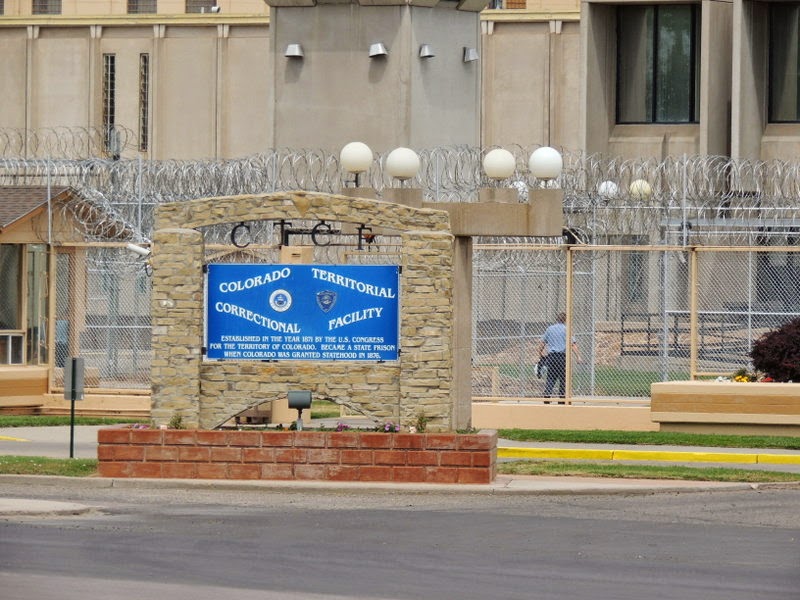10. Raton, NM to West Pueblo, CO (Part 2)
Here is a
paragraph describing the Skyline Drive from a site named “City-Data.com. http://www.city-data.com/articles/Skyline-Drive-Canon-City-CO.html
“Skyline
is not for those who have never experienced a high road with cliff edges. It
can be quite thrilling for those who seek adventure. A small car or truck is
best, and the road should not be attempted by motor homes due to the grade of
the road and the sudden turns required. Most of the road also does not have
guardrails, which means visitors can peer out of the car directly down, and get
a sense of what it was like to travel the road in the early 1900's, when cars
were a little less sure footed. It is best to take the speed limit at heart to
avoid any issues. There are a number of pull offs for the views and to catch
your breath from the twisting road.”
The road was built in 1905 by prison
inmates who received a 10 day reduction in their sentence for every 30 days
they worked on the road. There is an
arch at the entrance to the road. The arch was build using stones from every
state in the union.
We drove this road several years ago. I
was anxious to get back and take some pictures of it.
As you approach some of the crests it looks like the world ends right there. It is not a long road but well worth taking.
We drove to Colorado Spring to visit the Garden of the Gods.
The land was owned by Charles Elliott Perkins and when he died in 1909 his
family gave the land to the City of Colorado Springs on the condition that it
would be a free public park. Across the street from the park is a Visitors and
Nature Center. There is a non-profit Garden of the Gods Foundation that
maintains and makes improvements to the park.
The rocks have been given names, there are signs around the
park to help the visitors identify them.


Here is the view from the Visitor and Nature Center. That is Pikes Peak in the background.

There is a rock known as White Rock (#5 on the sign). As I looked at it I seemed to see a buffalo at the top of the rock. What do you think?

The park allows rock climbing; however, you must be a registered climber and have the appropriate equipment. We saw several climbers. These two were climbing the North Gateway Rock.

Another couple was climbing one of the Cathedral Spires. You may have to click on the photo to enlarge it enough so you can see them. I’m including some close ups.



Nature weathers these rocks and creatures take advantage of what nature offers. Here ia home for a couple of pigeons.

Here are the Kissing Camels. Sentinel Rock is made up of a fine sandstone and a gravel conglomerate. The rock layers were horizontal when they were created but up lifting of the land now have them in an almost vertical position. What enormous forces exist in nature.





There are more pictures of the Garden of the Gods at: https://jackbarbic.shutterfly.com/8762





















































